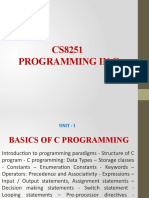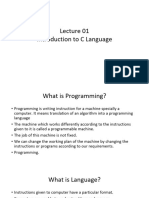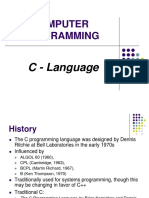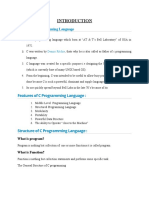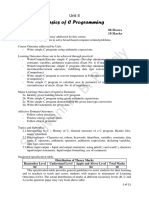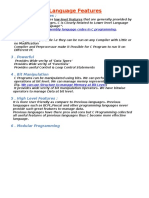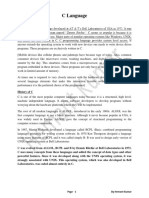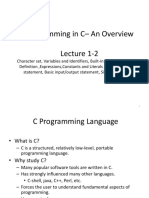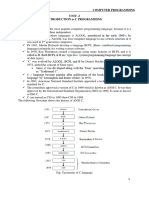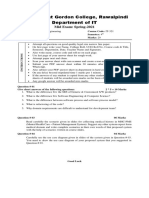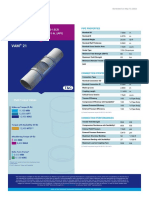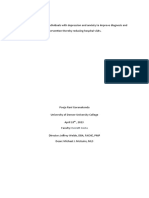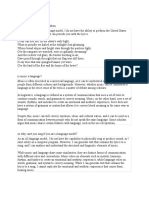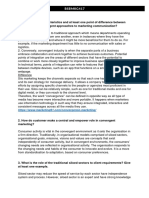0% found this document useful (0 votes)
61 views23 pagesC Intro
The document provides a course description for an Introduction to C Programming course. It includes details such as total lecture hours (45 hours of theory and 30 hours of practical), reference books, exam structure (50% internal assessment and 50% final exam with 10 marks for MCQ and 40 marks for subjective questions), and an 80% attendance requirement to be eligible to take the final exam. It also provides an introduction to C programming including what C is, its importance and characteristics, and the fundamentals of identifiers, constants, variables, and data types in C.
Uploaded by
Golden CrapCopyright
© © All Rights Reserved
We take content rights seriously. If you suspect this is your content, claim it here.
Available Formats
Download as PDF, TXT or read online on Scribd
0% found this document useful (0 votes)
61 views23 pagesC Intro
The document provides a course description for an Introduction to C Programming course. It includes details such as total lecture hours (45 hours of theory and 30 hours of practical), reference books, exam structure (50% internal assessment and 50% final exam with 10 marks for MCQ and 40 marks for subjective questions), and an 80% attendance requirement to be eligible to take the final exam. It also provides an introduction to C programming including what C is, its importance and characteristics, and the fundamentals of identifiers, constants, variables, and data types in C.
Uploaded by
Golden CrapCopyright
© © All Rights Reserved
We take content rights seriously. If you suspect this is your content, claim it here.
Available Formats
Download as PDF, TXT or read online on Scribd
/ 23









